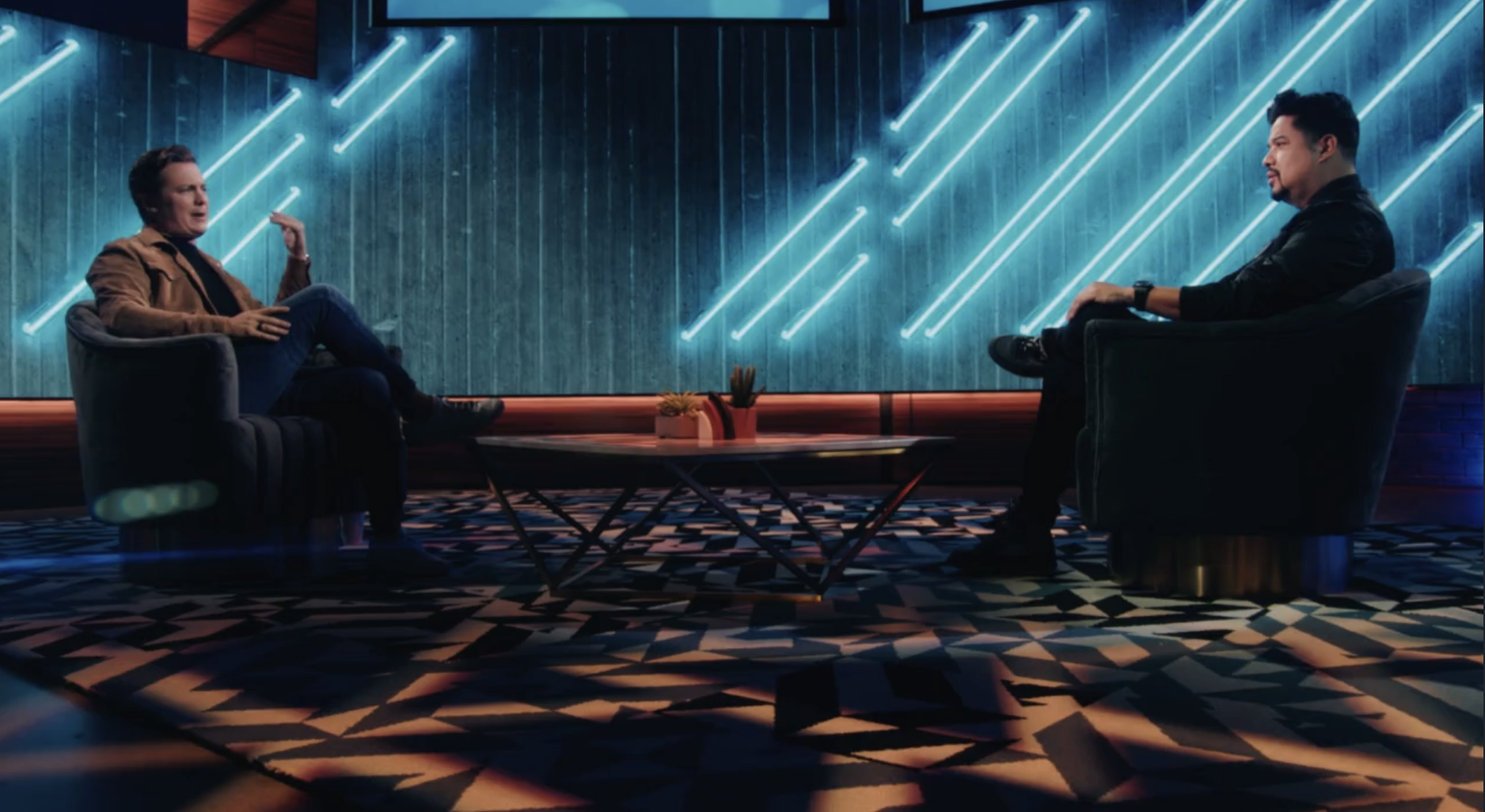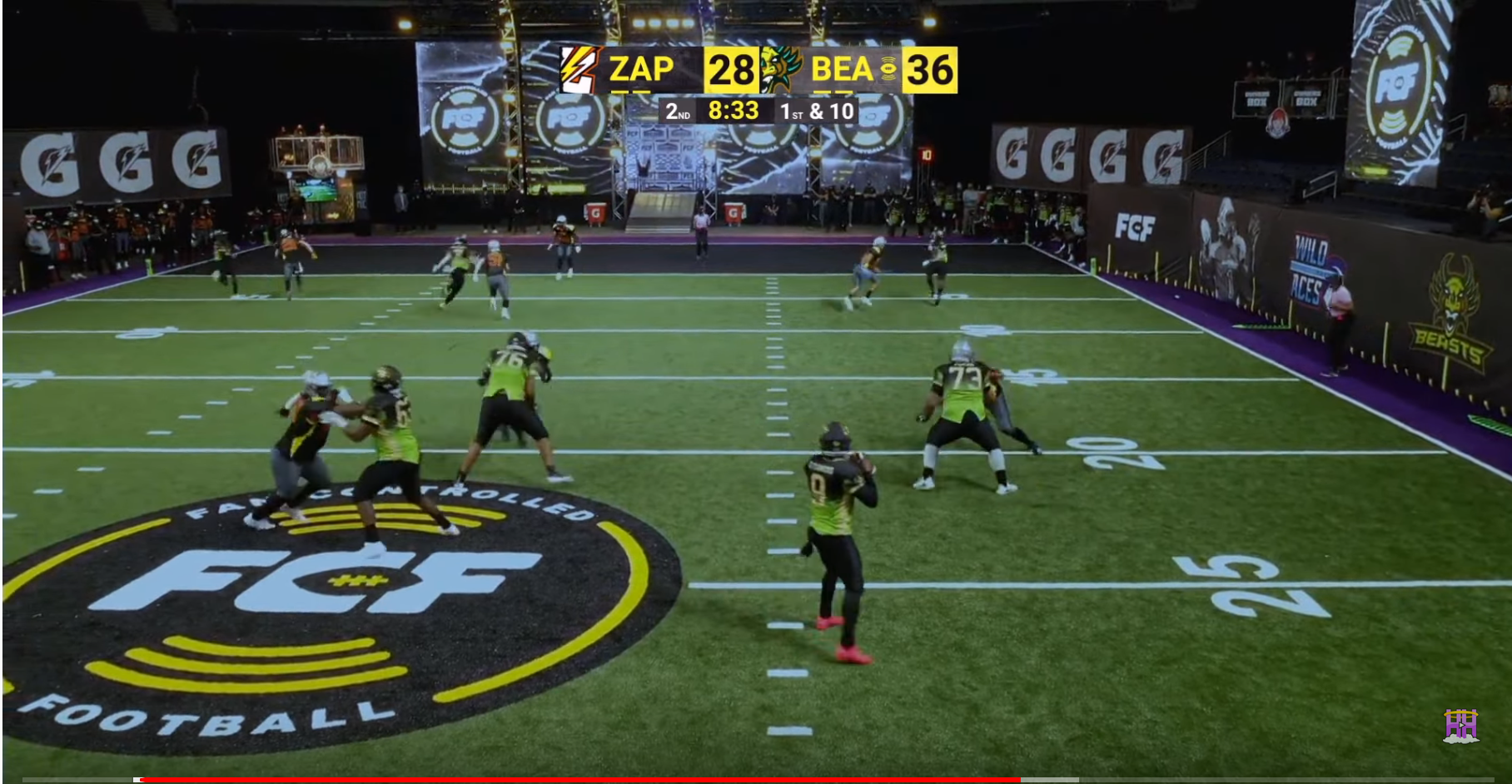SVG Sit-Down: VENN Co-CEO Ariel Horn Provides Update on Gaming-Lifestyle Network, What’s Ahead for ‘MTV of Gaming’
New partnerships, new focus on short-form content are key for young 24/7 network
Story Highlights
Since launching in August, VENN (Video Game Entertainment and News Network) has steadily made a name for itself as the first 24/7 gaming, esports, and entertainment network. However, although “Gaming’s Answer to MTV” secured $26 million in Series A round financing, it is still looking for more-consistent viewership across its linear and VOD programming — especially since gaming and esports hit an all-time high as millions continue to quarantine at home during the pandemic.
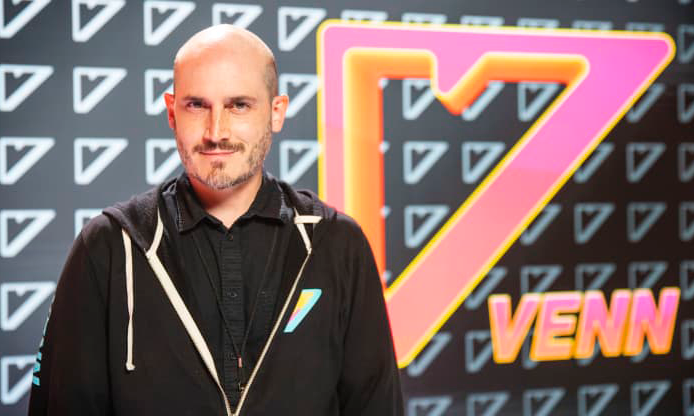
VENN Co-CEO Ariel Horn
With that in mind, VENN has inked a series of distribution partnerships – including deals with Nexstar, Microsoft, The Roku Channel, Plex, and LG, Samsung, and VIZIO smart TVs — and announced a full slate of new programming for 2021, including Fan Controlled Football, FACECHECK, and Origin Stories. VENN also teamed up with esports entertainment company BLAST to help stream and produce its tournaments (beginning with the BLAST Premier Global Final in January).
SVG sat down for an in-depth conversation with VENN Co-CEO Ariel Horn – one of the pioneers of esports-broadcast production during his years at Riot Games – to discuss the latest news about the network, how his strategy has changed to focus more on short-form programming and esports, how the network’s state-of-the-art production facility at Vista Studios in L.A. has performed so far, what worked and what didn’t in 2020, and what’s ahead for VENN in 2021 and beyond.
What is VENN’s overall content strategy, and why did you see an opportunity in the market for something like this?
In August, we launched in the midst of a pandemic, which has its own set of interesting challenges to say the least. But our goal is to create a single-purpose brand that could unite the fragmented gaming market, which we believe advertisers are searching for right now. VENN is our attempt to take all the learnings that we’ve garnered from our years of building esports content with Riot, as well as our storytelling experience in traditional sports and apply that to what’s coming next, which is the convergence of the gaming lifestyle and gaming competition. VENN has a bit of MTV flavor, but, especially moving forward into 2021, we will have more of a direct focus around the competitive side of gaming.
Can you provide an update on VENN’s distribution so far and where the network is available to watch?
We have been built to be distributed broadly; we have no carriage fees, so we are not shackled like a traditional TV network. We can be everywhere we want to be — from Twitter and the social networks to YouTube and Twitch to linear [cable]. We have a very large distribution footprint already. We’re universally distributed on all the connected TVs, Roku, and the major [streaming-video players], and we recently signed a deal with Rakuten to be distributed globally.

VENN’s primary studio at Vista Studios
And we also have a rich network of syndication partnerships. We recently announced Nexstar, the largest single-broadcast-network group in the country, as a major partner. We’ve created a gaming hub to syndicate our gaming content — both video and text — across the websites of their 200 stations. And now we have a content-distribution partnership also with MSN.
How is VENN looking to evolve its content strategy in 2021?
We’ve created a super-broad network. When we launched, we focused almost exclusively on long-form content and a lot of it was live, which satisfied what advertisers were looking for but is also a pretty heavy lift and relatively expensive to create. We found it became a little bit harder to really focus on creating engagement growth through YouTube and the native platforms, where most of gamers are right now, while simultaneously focusing so much on long-form content.
The big change for this year is, while we will still be 100% supporting all of that long-form content and we’re still really excited about the growth of that ecosystem, we’re focused on a renewed effort around short-form content and optimization. We plan on using YouTube as the top of the funnel for engagement and then focusing on not just one channel for YouTube but actually three different channels based on the psychographic background of our audience.
And what will those three content channels be focused on?
The first channel, called Download, is going to be for core gamers to go deeper. The second is an esports-skewed channel for competitive gamers who are looking for news and talk around the esports world. And then there’s our crossover channel called Place, which is more gaming-lifestyle–focused, as has been our brand promise from the start. We’re really focused on investing sharply around these psychographic groups.
You mentioned focusing more on esports in 2021. Why do you see it as a growth area?
I’m interested in bridging the competitive tournament scene, which is primarily driven by somewhat costly broadcast rights like in traditional sports, and the more casual gamer. We want to be the bridge to build those audiences for esports. We want to work with the tournament organizers and, in some cases. even be a tournament distributor and production partner for those tournaments without those costly rights. We believe we can create a genuine one-two punch of competition and lifestyle that features storytelling, entertainment, and crossover content.
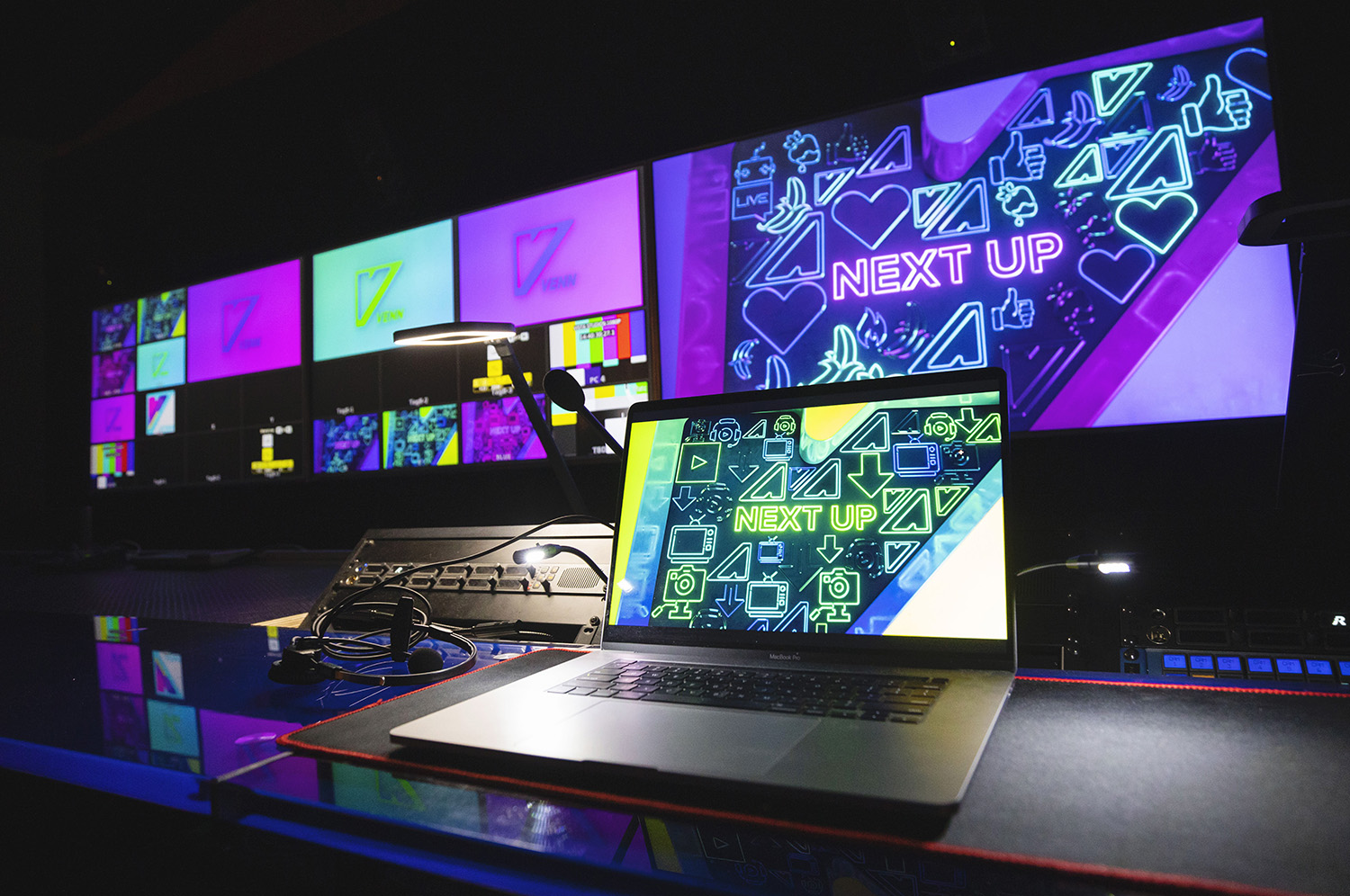
Inside the VENN’s control room in LA
We think that’s where we’re going to see huge jumps this year. We already had an event for the BLAST Premier Final, which was very successful. We leveraged our studio in the middle of that competitive esports event to bring in an entertainment element with past stars from the world of CS:GO and have a fun contemporary take on player intros and post events.
What would you say worked and what didn’t in VENN’s first six months?
What worked really well was when we were able to focus on creating content that’s natively interesting for its platform. But what didn’t work was the notion that you could create one 24/7 stream and distribute that feed across every single platform. 24/7 on Twitch, for example, just did not work, I will admit that. So now we’re looking more closely at the appropriate way to use Twitch by windowing direct-to-consumer–style content with interactivity at its core. Even if it’s more sporadic than it was at launch, it’ll be more impactful because you’re using the platform correctly.
We also found that our audience is deeply craving to consume us through YouTube. And we weren’t able to focus as much of our attention there because of our requirements around long-form programming. This year, we have decided to double down on YouTube by focusing on the type of formats that work, investing in exciting creators, and getting guests that are native to YouTube. One thing that didn’t work was bringing on guests that had fan bases on other platforms than where we were distributing our content. With a big star from TikTok, that fandom doesn’t transfer easily onto YouTube or onto linear. We’ve just gotten a lot more sharp about being specific to each platform.
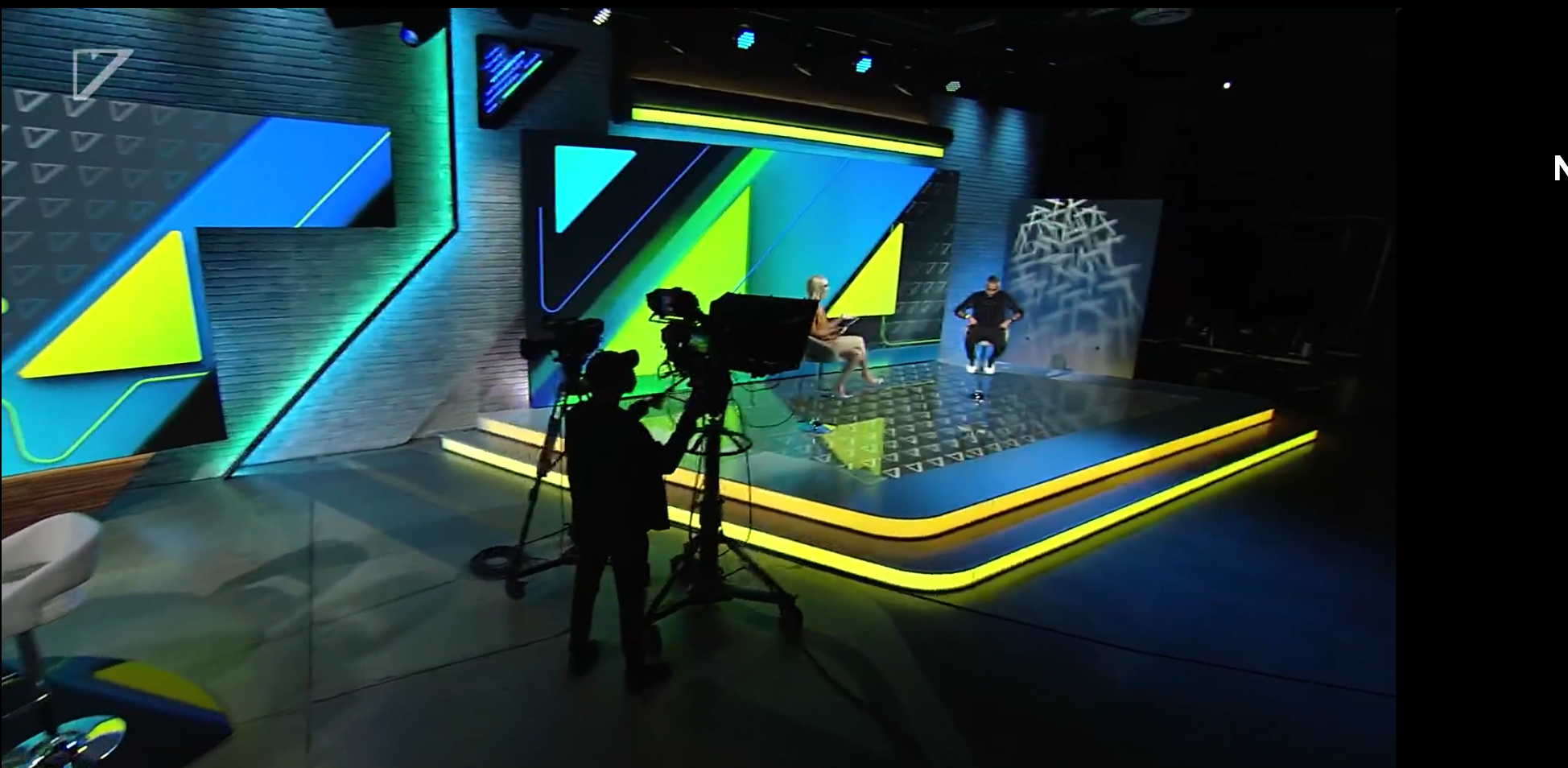
VENN’s main studio has multiple stages to serve news, talk, and game shows.
Another thing that didn’t work well was having one YouTube channel with too many different types of content. So now we’ve split it up into three more narrow focuses. I think that will inherently be more palatable for the audience because, if they come in looking for esports content, there is a specific channel for esports; it’s not mixed in with a lot of other lifestyle stuff.
The other thing that we learned is, we want to not only develop our own content but also license content from existing creators that really fit with our brand. At first, we thought we could do this ourselves, but I think we realize now that we need to do both. We’re already seeing that work: we’ve licensed FACECHECK, which is a dominate League of Legends video podcast, for VENN’s new esports channel. We’re seeing big numbers right away. I think the combination of “build it yourself” and “acquire from external sources” is going to be great moving forward.
Tell us a bit about the recent partnership with BLAST and how it reflects VENN’s deeper push into esports.
We’ve always known we want to focus on esports, but the challenges of that landscape are significant. Most of the content is owned and controlled by the publishers, who are looking to create revenue out of that broadcast content. It isn’t easy for a startup like VENN to just jump in and start competing for broadcast rights against Amazon, Google, Facebook, and other big media companies. So we’ve taken a more patient approach to esports and find situations where we can create unique value.
We’ve always been huge fans of BLAST and have been very impressed with their growth over the last three-plus years. And they are one of only a few globally relevant operators who have their own tournaments that are not owned and operated by the game. They reached out to us, and, as we started talking, we realized that the combination of their successful tournaments in Europe and our business in North America put the puzzle pieces together. And, while they are focused on the competitive side of esports, we bring in the gaming component [and] can elevate their content beyond just the hardcore esports audience. We see great business economics because we could potentially help to stimulate sales together.
There are also potentially great ways for us to combine our distribution channels on linear and connected TVs, with [BLAST’s] presence on Twitch and YouTube. You can just see a lot of synergy coming very quickly. We jumped in and supported each other during their World Final on Jan. 24, and now we are charting out the appropriate way to go forward.
How has your production facility at Vista Studios in L.A. worked out over the first few months?
I’m really proud of our studio and what it’s capable of doing. And a lot of partners in different sectors of gaming are talking to us about coming into the studio and using it because the space is really flexible. We purposely made it less of a battle arena and more of a digital canvas that could be used for everything from live music to couch-talk formats to standard desk formats, and so on.
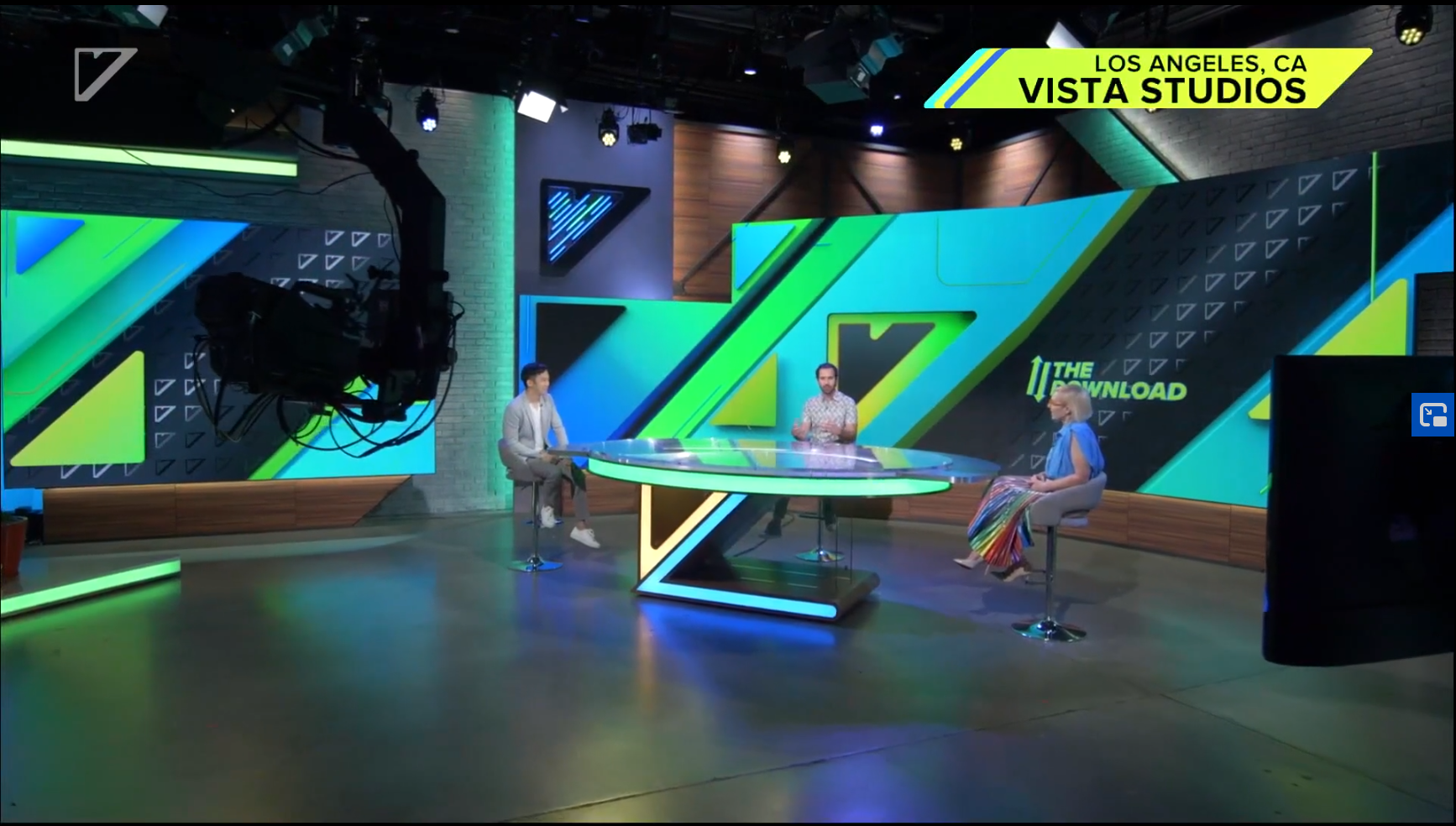
VENN’s main studio features more than 1000 sq. ft of LED
In terms of [health and] safety, we’ve put rigorous testing and a lot of extra precautions in place. We are spreading people out across our office spaces and limiting the number of people going to the studio, which is hard. We know we can produce remotely, but there are definitely advantages to having that studio in action. That has been very costly and challenging, but we know that it’s absolutely necessary.
We are split between remote and in-studio, and we’re allowing all of our talent to do what they feel is right for them. It’s evolving; we started the new year with most of our talent in the studio, and we’ll see how that evolves. We’re very familiar with [remote-production] workflows, but I think there’s something special about producing content in a studio. We’ve seen that when we’ve had celebrities come into the space. A lot of younger bands and celebrities from more-modern streaming shows are craving real interaction in real life, and playing music in a studio has been awesome for them.
Prior to the pandemic, VENN had planned to launch a state-of-the-art studio in New York City, but it was delayed. What’s the latest on this production facility?
New York is nowhere near ready for public congregation the way that we had dreamed it up in 2018. We’ve paused on New York for now, and we have good partners there that are understanding. Quite frankly, we’re not sure of the timeline right now because of the unprecedented nature of this whole thing. Just like every business right now, we are looking at how we can optimize efficiency. So we are looking to evolve that studio beyond what we had originally envisioned without compromising its core values.
What can we expect from VENN this year, and what are you most excited about?
I’m really excited about both developing in-house and working with exciting new partners this year. We’re also experimenting with new formats like the FACECHECK video podcast, and we’ve got Origin Stories with Hector Rodriguez, which is similar to David Letterman’s My Next Guest Needs No Introduction on Netflix.
I’m also excited to see how the bets we’ve made on short-form content pay off. I’m excited to move further into esports, where I clearly have an incredible amount of passion, and my hope is that we’ll have more announcements with big AAA game publishers about team-ups in the future. You are going to see us start to co-create and execute together with our studio right at the core.
And I’m interested to see what happens with Nexstar because that is a big bet focused on creating crossover content and seeing how it plays on broadcast. Nexstar is invested in what we’re doing and giving us a way to create a gaming hub that lives on all of their websites, and they’re over 500 million impressions a month. That’s really exciting.
I think, as any co-founder of a startup, we have to be ready to continue to assess our business, see where we’re not succeeding and falling short of our own expectations and of the market’s expectations, and take that feedback. We’re going to continue to make changes, but we also realize that we’re so young still. We’re growing, we’re grappling, we’re fighting. That’s something that I admire about our team: they’ve got a never-say-die attitude. We’ve had incredibly supportive investors and been able to lean on them to help us navigate through this tough time. And I am incredibly optimistic that we’re starting to hit our stride here and excited for what’s coming in 2021.
This interview has been edited for length and clarity. And check out more of Ariel Horn’s insights on the esports-production sector in THIS EPISODE of The SVG Podcast
